
Impermanence is one of the key teachings of the Buddha. Mindfulness of impermanence is fundamental to Buddhist insight meditation.
It is also like a "door way" to understand, suffering and non-self.
Impermanence is something that looks so "obvious" but yet sometimes it is very hard to see.
All conditioned things (sankaras) are impermanent. If something is impermanent, it is subject to change, and therefore is suffering (non-satisfactory). If something is impermanent, suffering and subject to change is it wise to call it me, mine and myself?
The correct answer is, NO.
BUT do we realize this as a direct knowledge? Or is it merely a logical argument that makes sense?
If NOT how do we contemplate to arrive at this as a direct knowledge?
1. May be we can start with a stanza.
"With these flowers I venerate the Buddha,
By this merit may I gain liberation.
As these flowers fade and wither
So will this body be destroyed"
This is a common stanza Buddhists recite mindfully when offering flowers to Buddha. This may be a good way of reflecting on impermanence in your daily practice.
2. There are two similes in the suttas (my favorites) that you can read and contemplate (mindfully reflect upon):
(i) Simile of the burning oil lamp
"Just as when the oil in a burning oil lamp is inconstant & subject to change, its wick is inconstant & subject to change, its flame is inconstant & subject to change, its light is inconstant & subject to change. If someone were to say, 'The oil in that burning oil lamp is inconstant & subject to change, its wick is inconstant & subject to change, its flame is inconstant & subject to change, but as for its light, that is constant, everlasting, eternal, & not subject to change': would he be speaking rightly?"
"No, venerable sir. Why is that? Because the oil in that burning oil lamp is inconstant & subject to change, its wick is inconstant & subject to change, its flame is inconstant & subject to change, so how much more should its light be inconstant & subject to change."
(ii) Simile of the tree
"Just as when the root of a great, standing tree — possessed of heartwood — is inconstant & subject to change, its trunk is inconstant & subject to change, its branches & foliage are inconstant & subject to change, its shadow is inconstant & subject to change. If someone were to say, 'The root of that great, standing tree — possessed of heartwood — is inconstant & subject to change, its trunk is inconstant & subject to change, its branches & foliage are inconstant & subject to change, but as for its shadow, that is constant, everlasting, eternal, & not subject to change': would he be speaking rightly?"
"No, venerable sir. Why is that? Because the root of that great, standing tree — possessed of heartwood — is inconstant & subject to change, its trunk is inconstant & subject to change, its branches & foliage are inconstant & subject to change, so how much more should its shadow be inconstant & subject to change."
"In the same way, sisters, if someone were to say, 'My six external media are inconstant, but what I experience based on the six internal media — pleasure, pain, or neither pleasure nor pain — that is constant, everlasting, eternal, & not subject to change': would he be speaking rightly?"
"No, venerable sir. Why is that? Because each feeling arises dependent on its corresponding condition. With the cessation of its corresponding condition, it ceases."
- Nandakovada Sutta
http://www.accesstoinsight
3. How about impermanence as a subject of meditation ?
"And what, Ananda, is contemplation of impermanence? Herein, Ananda, a monk having gone to the forest or to the foot of a tree or to an empty house (lonely place) contemplates thus: 'Matter (visible objects) is impermanent; feeling or sensation is impermanent; perception is impermanent; formations are impermanent; consciousness is impermanent. Thus he dwells contemplating impermanence in these five aggregates.' This, Ananda, is called contemplation of impermanence.
-Girimananda Sutta-Discourse to Girimananda Thera
http://www.accesstoinsight
4. How about applying it to situations in day to day normal life?
I am sure we all can see lot of examples of these everyday, if you really are mindful enough. This is likely the most practical way to reflect upon this subject, which you may already have contemplated through the practice of insight meditation (above). This will help you further to make it as your own (direct) knowledge.


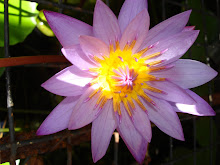














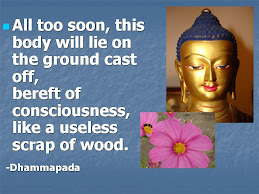

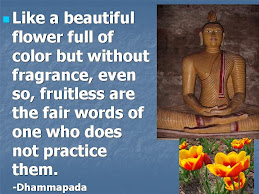


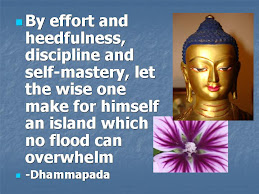

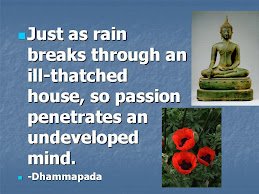


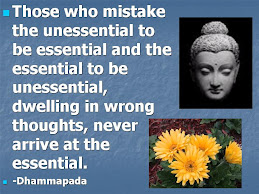

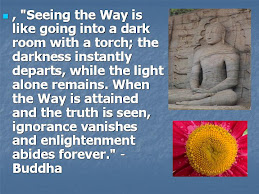




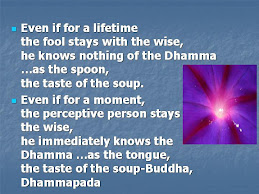



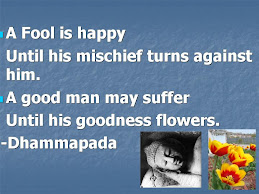
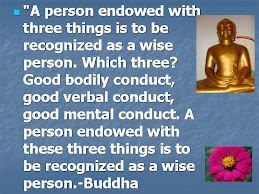

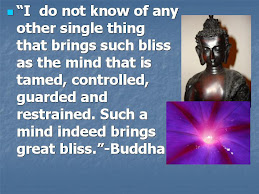
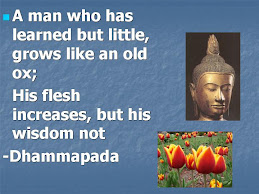
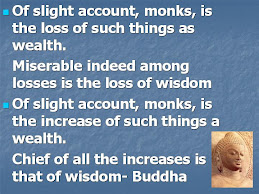
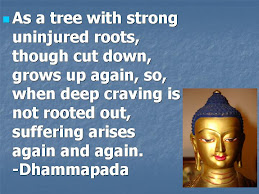
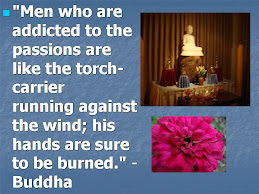


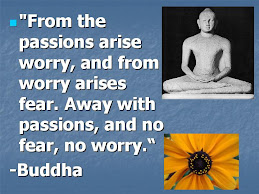
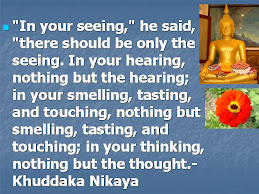




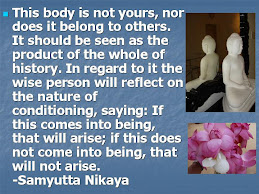

















No comments:
Post a Comment